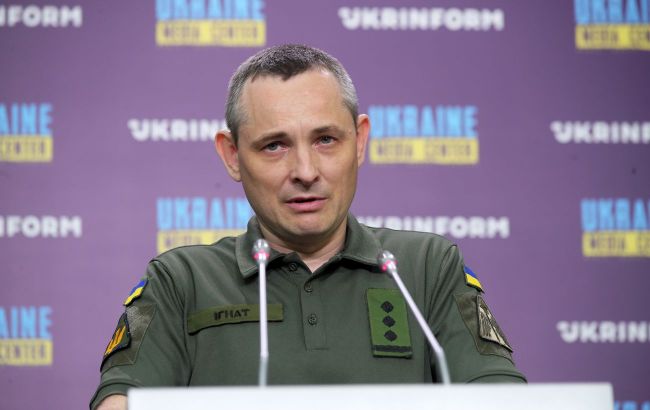Why can't Patriot always stop Russia's Iskander-M missiles? Ukrainian Air Force explains
 Yurii Ihnat, Spokesperson of the Air Force Command of the Armed Forces of Ukraine (photo: Getty Images)
Yurii Ihnat, Spokesperson of the Air Force Command of the Armed Forces of Ukraine (photo: Getty Images)
The Iskander-M missile can make slight trajectory shifts during its final approach to the target, which complicates the work of the Patriot air defense system, according to an RBC-Ukraine report.
According to Yurii Ihnat, Spokesperson of the Air Force Command of the Armed Forces of Ukraine, the Patriot system intercepts ballistic missiles in automatic mode, which makes it more difficult to accurately calculate the moment of interception when a missile maneuvers during flight.
"However, Patriot continues to work, and there are results in shooting down both Iskanders and Kinzhals," Ihnat emphasized.
Russia is launching more Iskanders
Ihnat also noted that Russia has significantly increased the number of Iskander-M launches compared to previous years. Russia has begun using the Iskander-M more frequently and in larger numbers, from different directions, combined with other means such as UAVs and cruise missiles.
"And this, in turn, also makes it more difficult to shoot them down. The ratio of ballistic missiles to cruise missiles has increased compared to previous years. Plus, during an attack, a single Patriot battery looks in a certain direction – it cannot see and hit Russian targets in a 360-degree radius," Ihnat explained.
Russia had upgraded its Iskander and Kinzhal missiles to bypass Ukrainian air defense. On the eve of winter, the updated missiles seriously damaged drone production facilities and critical infrastructure.
In particular, Ukraine's interception rate of ballistic missiles improved over the summer, reaching 37% in August, but fell to 6% in September, despite a lower number of launches.

